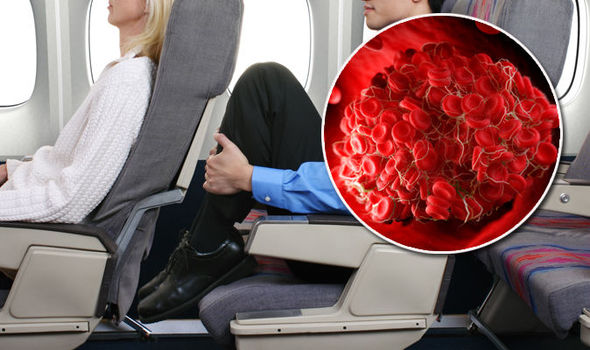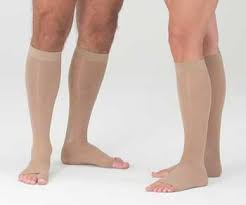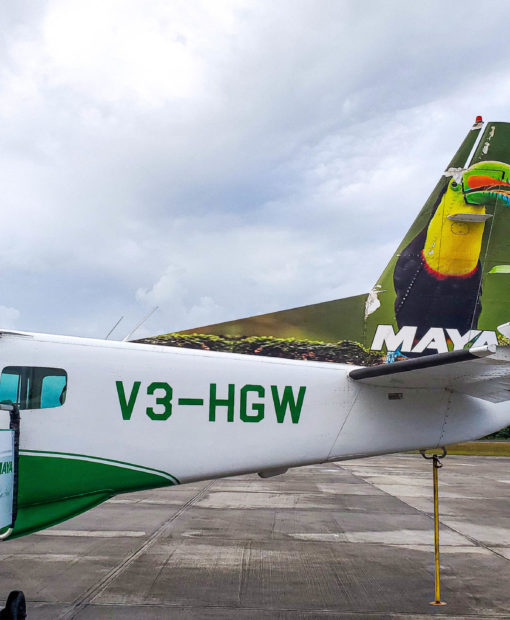Let’s face it, flying is a strange combination of joy and misery. Nothing beats the joy of being among the clouds as you jet from one end of the earth to the other but airline cost-cutting can make flying in Economy class pretty miserable. The tighter confines on a plane are not only uncomfortable, they can actually be dangerous. Long periods of immobility increases your risk of developing a dangerous blood clot, known as a DVT, but there are things that you can do to reduce your risk.
WHAT IS A BLOOD CLOT AND WHY IS IT DANGEROUS?

A blood clot, known as a DVT (deep vein thrombosis), occurs when the blood in your legs does not circulate normally. Blood is actually designed to clot when it’s not moving, think of a healing wound forming a scab. When the blood in your legs is not circulating normally, it does what it is designed to do and forms clots. The problem is that these clots can travel from your legs to your lungs, brain, and other vital organs leading to a heart attack, stroke and even death.
HOW CAN I REDUCE THE RISK OF A BLOOD CLOT?
Preventing a blood clot is all about keeping that blood moving. The question is, how can you keep the blood moving at 35,000 feet?:
- Compression stockings: Can be purchased at your local pharmacy and they work by compressing the blood vessels, preventing the blood from clotting.
- Loose clothing and roomy shoes: Will not only keep you more comfortable during your flight but loose clothing actually makes it easier for blood to circulate, especially when you are in the seated position.
- Ambulation: The best way to keep blood circulating is to keep it moving. On flights over two hours, you should get up and walk around the cabin for at least five minutes every two hours.
- Leg exercises: Remember how we said movement keeps blood circulating? Well, that movement can also occur at your seat. Ankle rolls and flexion-extension of the ankle for two minutes every hour will reduce the risk of blood clots forming.
- Hydration: Hydration is important for a bunch of reasons when flying including reducing the risk of blood clots. The more water you drink, the thinner your blood and the lower the risk of blood clots.
- Don’t cross your legs: We know you want to strike that perfect pose but crossing your legs makes it harder for the blood to move from the legs up into the pelvis.
- Consider taking a baby aspirin: If you don’t have a bleeding condition (i.e. stomach ulcers), taking an 81mg baby Aspirin 30 minutes before takeoff will reduce the risk of forming a blood clot. Be sure to ask your doctor before you do this.
WHAT SHOULD I DO IF I SUSPECT THAT I HAVE A BLOOD CLOT?
Signs of a blood clot: Signs of a blood clot include-
- Extreme leg swelling (usually on one side).
- Extreme leg pain and redness (usually on one side).
- Warmth radiating from the leg (usually on one side).
- Chest Pain.
- Shortness of breath.
If you have any of these signs:
- Call your doctor ASAP and get to an ER.
- If you experience any of these symptoms in-flight, notify airline personnel ASAP!
Want some more tips to stay healthy and happy in the air CHECK THIS OUT!
Be sure to like us on Facebook (TwinDoctorsTV)
Follow us on Twitter and Instagram (TwinDoctorsTV)
Subscribe to our Youtube channel (TwinDoctorsTV)

 September 1, 2018
September 1, 2018












 May 19, 2018
May 19, 2018 





